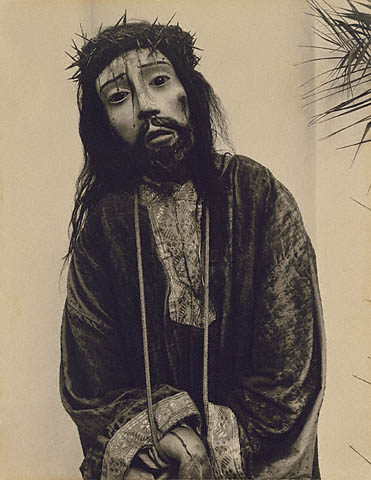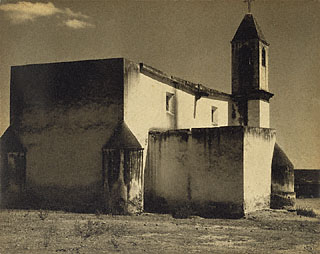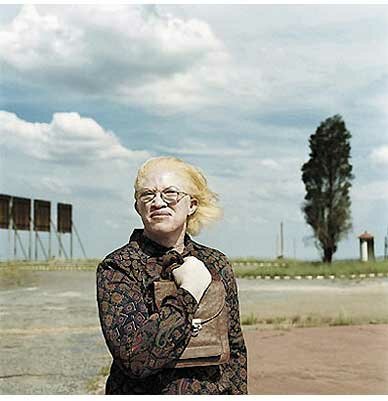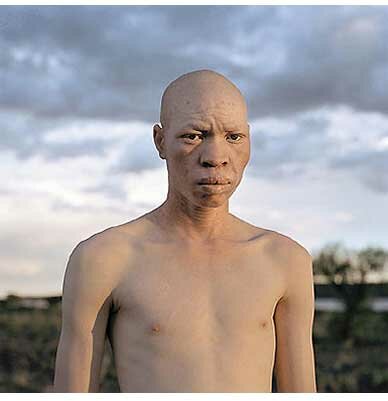


Pictorialism was a movement in photography around 1885 which attempted to emulate the look or appearance of paintings and etchings through the photograph. Pictures are often black and white or sepia in color with very heavy manipulation. Soft focus, coating the lenses, special filters, and unique printing processes were all part of creating a photograph which was "pictorial." The goal of pictorialistic photographs was to fit into the art community by still having personal artistic expression which was the broadly accepted aesthetic of the time--due to paintings and etchings.



The images above are all taken with Holga cameras, and after our experience with Holga's firsthand, I can explain the qualities of a Holga image. Typically, the images will have a very soft radial blur, stronger on the edges, because of the camera's plastic lens. Also, because of the cheap nature of the Holga, images will often have a vignetting around the edges which is created from light leakage. This vignetting and softness is typical of a Holga image. It is very hard to get a crisp image with a Holga camera--though I don't know why you would want one.
When looking at Holga images and the photographs from the era of Pictorialism, many similarities can be discovered. The most apparent is the soft, blurry look the images have. It makes them seem much more surreal, and less like a photograph in nature. The vignetting seems to be more typical with the Holga images, however, there were not hard edges in Pictorialism. I also think the desired effect of both styles is very similar. They both desire to give off an essence that is not like photography. Although Pictorialism was attempting to mimic painting, and the Holga is not; the final images are very similar in their appearance. In a way, with Holgas, we can easily achieve a look similar to something the artists of the Pictorialism movement tried so hard to achieve.






































